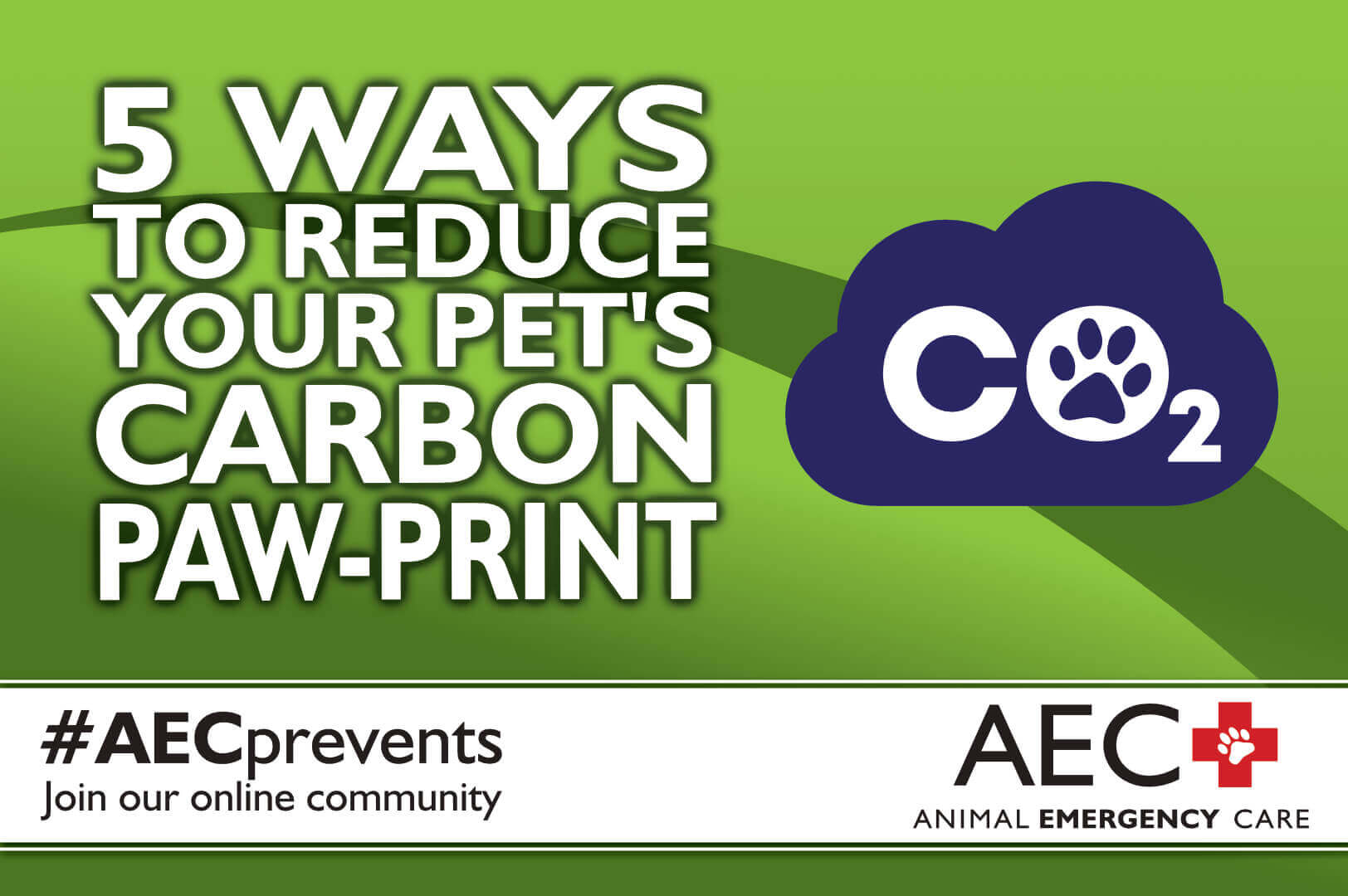Caring for a four-legged family member is a life-long commitment of preventive care, veterinary visits, adequate nutrition, and physical and mental exercise. Our pets fill our lives with unconditional love and are our best friends and constant companions. According to a 2021 survey conducted by the American Pet Products Association, 70 percent of U.S. households have a pet.
Responsible pet ownership involves more than caring for your pet’s mental and physical health. Pets can have a drastic impact on the environment. From fast pet-fashion to plastic toys and supersized food bags, your pet’s supplies and actions can contribute to rising carbon emissions which negatively affect our ecosystem. Our Animal Emergency Care team describes five ways to help you reduce your pet’s carbon paw-print.
#1: Get creative with your pet’s toys
Providing your pet with ample toys to exercise their body and brain is a vital part of their overall health. Proper enrichment toys will ensure that your pudgy pooch or nap-loving feline moves their body daily which will help to combat the pet obesity problem. Additionally, toys are essential for preventing your cat from using your new couch as a scratching post or your canine friend from selecting your favorite shoes as their personal chew toy. However many commercially available pet toys are made from less-than-eco-friendly plastics and materials.
Fortunately, creative DIY methods can curb your pet’s boredom while reducing their carbon paw-print one pet toy at a time. Online shopping is a favorite pastime of many people and repurposing the seemingly endless cardboard boxes can make the perfect cat hideaway or playhouse. For some cats, no assembly is required other than placing their favorite blanket in a new cardboard box. Numerous household items such as towels, old socks, and empty milk jugs can be repurposed into new pet toys like the ones listed here. Other eco-friendly toy ideas include:
- Swapping your pet’s toys — Form a neighborhood pet toy swap—remember, always wash any used toys before giving them to your pet.
- Buying recycled toys — Purchase new toys made from recycled, or sustainable materials.
- Using home products — Make a cat toy from crumpled used paper or foil.
- Playing ball — Place tennis balls in a muffin tin for a homemade puzzle toy.
Remember to use caution if your pets have ever ingested or tried to swallow household items when deciding whether to make your pet toys.
#2: Help your pet to “go” greener
Pet waste can be an environmental problem that can lead to disease spread or unwanted wildlife interactions. Additionally, the environmental impact of incorrect waste disposal can lead to water pollution and be detrimental to human and animal health. Properly cleaning up your pet’s waste will ensure you are not only a good neighbor, but also an environmental steward. For your canine pals or cats who like to walk on a leash, ensure you use recycled and biodegradable bags that do not contain microplastics. Instead of purchasing pet-waste disposal bags, consider repurposing plastic shopping bags to clean up your dog’s feces or dispose of your cat’s soiled litter. Environmentally friendly cat litters are also available so consider switching to one that uses wheat, corn cobs, alfalfa pellets, or recycled newspaper pellets. Some cats may not appreciate a sudden litter change so slowly incorporate the new eco-friendly litter with their current litter to ensure a smooth transition.
#3: Choose eco-friendly pet product packaging
Caring for your pet requires a lot of supplies, toys, and food, which require packaging for transport and shipping. When possible choose products that use eco-friendly packaging which often contains post-consumer recycled (PCR) materials. Paying attention to packing material will help decrease the amount of plastic pollution that fills our landfills and oceans.
Many pet owners show their pets their love with endless treats or extra food at mealtime. Protect the environment—and your pet’s waistline—by not overfeeding them and the earth’s and your pet’s health will thank you. Additionally, ensure you recycle your pet’s empty aluminum food cans.
#4: Get thrifty when dressing your pet
Many owners enjoy dressing their pet in a festive collar, outfit, or winter coat during outdoor activities to help prevent dangerous hypothermia. Fast fashion for people and pets may be easy on your wallet but is hard on the environment. In fact, more than 3,000 liters of water is required to produce one cotton shirt. Dress your pet for environmental success by following these eco-friendly fashion tips:
- Shop for secondhand pet clothes at local thrift stores or consignment stores. Many animal non-profits and rescues have pet-themed thrift stores which help fund their animal-saving efforts.
- Start a neighborhood pet clothing exchange. Your pet’s puppy jacket could be a lifesaver for another family’s new pet.
- Use old clothes or household material to hand sew a festive pet accessory or outfit.
- Purchase sustainably made collars, clothes, and accessories.
#5: Spay or neuter your pet
Each year, millions of unwanted pets end up in shelters or are euthanized. Spaying or neutering your pet prevents more than unwanted litters. These procedures also offer numerous health benefits to the environment because pet overpopulation leads to increased waste and harmful carbon emissions and sterilizing cats helps prevent feral cat colonies which can be detrimental to local wildlife.
At Animal Emergency Care, we are committed to helping our clients, their pets, and the environment. By doing our part, we can all ensure adequate resources are available for future generations of pets and pet owners. #AECprevents


